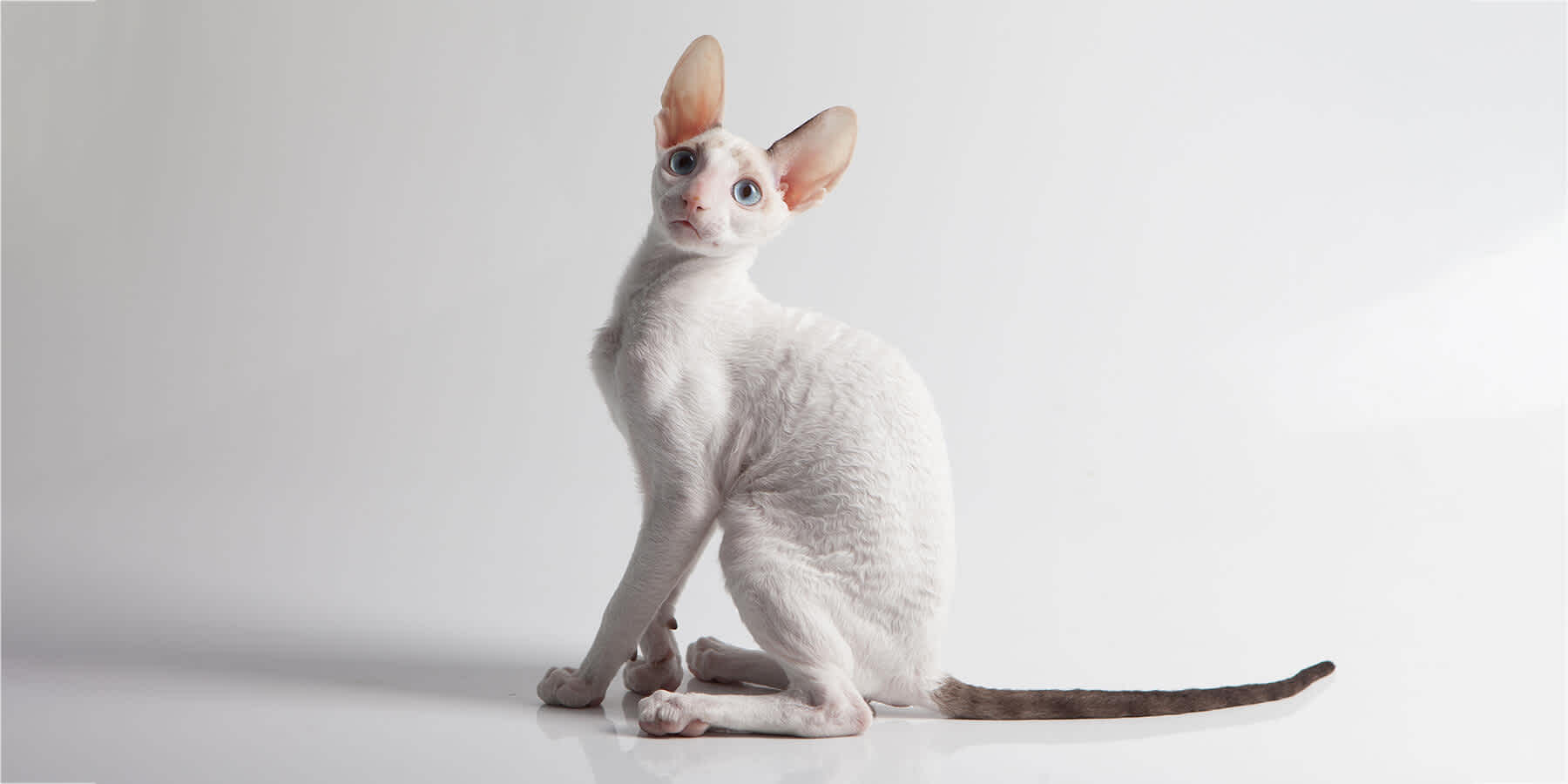
What types of cats are considered hypoallergenic?
Medically reviewed by Neka Miller, PhD on June 6, 2021. To give you technically accurate, evidence-based information, content published on the Everlywell blog is reviewed by credentialed professionals with expertise in medical and bioscience fields.
Cats are some of the most lovable creatures on the planet. They are full of personality, and much like humans, they have their ups and downs. They are surprisingly self-sufficient, though they still rely on humans for chin scratches and playtime.
Some people are allergic to cats. While about 10 percent of Americans are allergic to pets in general, cat allergies are about twice as common as dog allergies. If you suffer from common pet allergy symptoms, consider testing for a cat allergy with a convenient at-home allergy testing kit. Hypoallergenic cats may also help to reduce allergic reactions. If you’re curious to learn about what cats are hypoallergenic, keep reading below.
Understanding cat allergies
With a healthy immune system, your body can quickly and easily identify bacteria, viruses, and other harmful microbes. However, some people have overactive immune systems that have trouble discerning between harmful microbes and harmless things. In these people, the immune system notices something that is normally harmless and sees it as a threat. The immune system then leaps into action, but without a real threat to take care of, immune cells begin to attack healthy tissue. This results in an allergic reaction.
Cat allergies specifically are triggered by normally harmless proteins found in a cat’s skin cells, saliva, and urine. This protein is known as Fel d 1. Part of what makes cat allergies so much more common is the size and shape of this protein. The protein enters the air via a cat’s hair and dead skin cells (known as dander). However, unlike other allergens, this protein is extremely small and light, reportedly a tenth the size of a dust mite. This allows it to hang in the air for longer, which also means that it is easy to breathe into the lungs.
Furthermore, Fel d 1 is much “stickier” than other allergens. It easily sticks to human skin, furniture, and clothes and stays there. Experts have found traces of the protein even in areas where no cats are present.
The allergen is also found in a cat’s saliva, and cats are naturally self-groomers. As a cat licks its coat, the saliva dries, sending the allergen airborne.
Hypoallergenic cat breeds
So what does hypoallergenic mean with regards to our pets? It’s important to note that there are no truly hypoallergenic cats, just as there are no truly hypoallergenic dog breeds. Every cat has skin, saliva, and urine, meaning every cat produces a potential allergen. However, some breeds may produce or shed less of the protein, which can reduce the potential for an allergic reaction.
Balinese
The Balinese cat breed has long coats, but don’t let this cat’s fur fool you. Balinese cats actually produce less Fel d 1 protein, and they shed less fur. Both of these factors naturally mean less chance of dispersing the allergen into your living space.
Javanese
Similar to the Balinese, the Javanese cat breed has medium to long coats, but these felines also have a single coat that does not mat. Less fur and no undercoat equate to less shedding and fewer allergens.
Oriental Shorthair
As you can guess from the name, Oriental Shorthairs have extremely short coats, contributing to less shedding, which cat owners with allergies love. It’s still a good idea to groom your Oriental Shorthair regularly to keep dander levels low.
Cornish Rex
While some can look almost naked, Cornish Rexes have short, fine hair that naturally makes for fewer allergens. However, that short hair also comes with the tradeoff of excess oil buildup on the skin. Regular baths are a necessity to keep that oil buildup to a minimum.
Other allergen factors
Along with breed, there are other factors that can potentially affect a cat’s allergen production.
Female cats produce fewer allergy-related proteins compared to male cats. Neutered male cats produce fewer allergens than intact male cats. Kittens will produce fewer allergens than adults
One of the best things you can do if you believe that you’re an allergy sufferer is to actually determine if you have a cat allergy at all. Everlywell offers an at-home allergen testing kit that tests for 40 indoor and outdoor allergens, including cat allergens. This can help you determine your best options for dealing with your feline pets.
Related content
What are tree pollen allergies?
What are tree pollen allergies?
References
1. Pet Allergy: Are You Allergic to Dogs or Cats? Asthma and Allergy Foundation of America. URL. Accessed June 6, 2021.
2. Allergies - Symptoms and Causes. Mayo Clinic. URL. Accessed June 6, 2021.
3. Bonnet B, Messaoudi K, Jacomet F, et al. An update on molecular cat allergens: Fel d 1 and what else? Chapter 1: Fel d 1, the major cat allergen. Allergy Asthma Clin Immunol. 2018;14:14. Published 2018 Apr 10. doi:10.1186/s13223-018-0239-8
4. Pet Allergens. National Institute of Environmental Health Sciences. URL. Accessed June 6, 2021.
5. Pet allergy: Are there hypoallergenic dog breeds? Mayo Clinic. URL. Accessed June 6, 2021.
